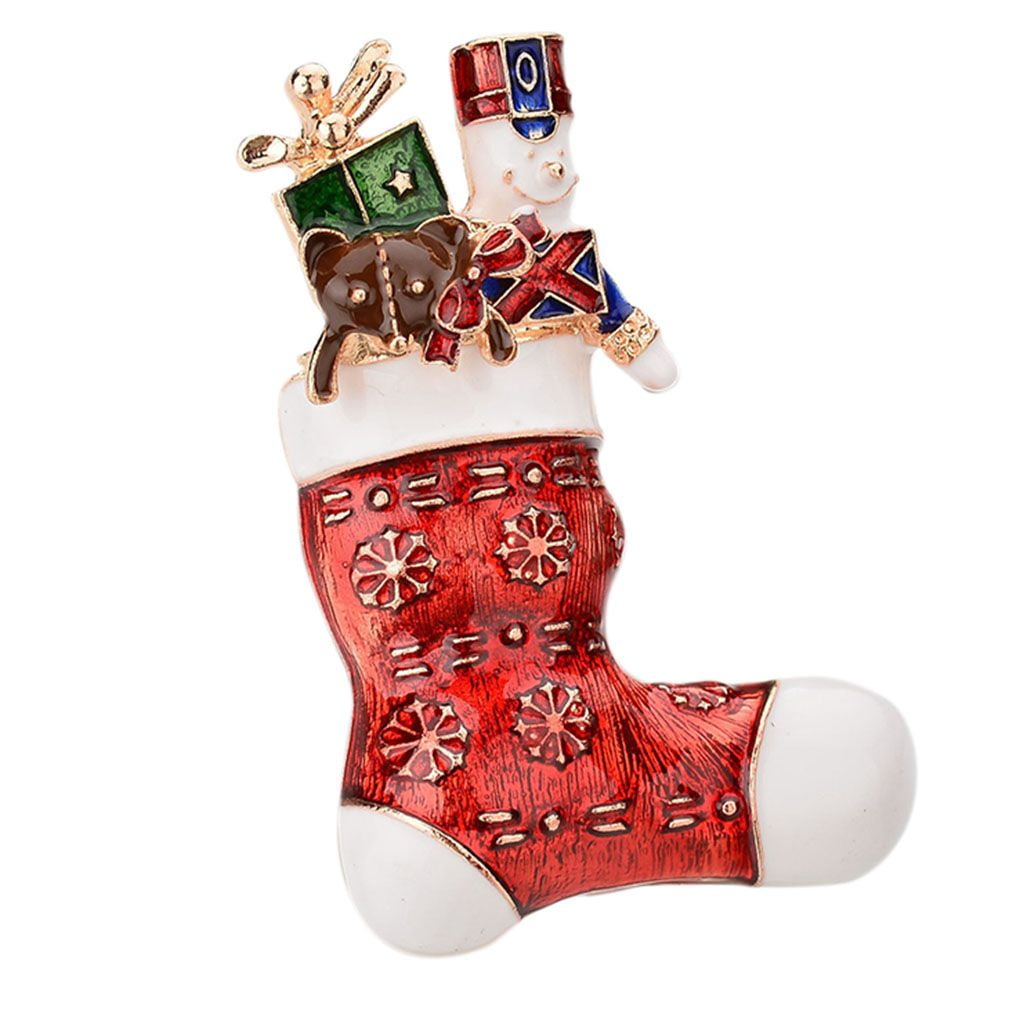

Thread the open end of the twist tie through the second button, then thread it back through the second hole and twist together like you did in step 3.

Thread one of the straw pieces onto the twist tie.

Twist the two pieces at the back of the button together tightly. Thread about an inch or so of the twist tie through a second hole and back through the other side of the button. Insert one of the twist ties into a hole in one of the buttons. 2 pieces of a drinking straw (1 ½” each).This project comes from my book, Button Mania, be sure to grab a copy before they’re gone! You can even decorate them if you like using paint or markers and are a great craft idea for preschool art time. This little cars craft is so fun to wheel across the floor or roll down a homemade ramp. Kids will love playing with these clothespin cars all afternoon! I’ve spent years making crafts for kids, and clothespin crafts are definitely among them. So if you’re ready to make a car from a clothespin and create your very own DIY toys, let’s get started! Synthetic fabrics and sophisticated washing machines rendered some clothes almost dry at the end of the final rinse cycle.Today I’m going to show you how to make a clothespin car with clothespins (of course), buttons and some imagination. But other developments were doing the clothespin in: Americans moved to homes with electric or gas dryers. Some help came, with Jimmy Carter being one of the last Presidents to approve major quotas on certain foreign imports, including clothespins. Like many of its American competitors, Spencer also made other wood products, from tongue depressors to broom handles.īut by 1954 American clothespin manufacturers were feeling the pinch of foreign competition and petitioned Washington for protection. In the early 1950s, despite competition from plastic models, the traditional, forked wooden clothespin was doing well-so well that Business Week devoted a feature article in November, 1950, to one small company, the Spencer Wood Products Co., of Owen County, Ind., that produced 1.75 million clothespins weekly, making a nice profit. By the 1930s, Popular Mechanics touted the many uses of clothespins for the weekend dabbler, and School Arts magazine described how clothespin tools helped children work with clay, plaster of Paris and metal.Ĭlothespin dolls, widely heralded by the 1940s, later evolved into ballerinas (“Enchanted Ballet: Clothespin Dancers,” Ladies’ Home Journal, December, 1978) and even Christmas ornaments (“Recapture a Childhood Christmas,” Southern Living, December, 1984). In the early 20th Century, clothespins were essential clothesline accessories and their uses began to multiply, as evidenced by articles in popular magazines such as “Making Toys of Clothes-Pins” (Harper’s Bazaar, January, 1909) and “Fun With Nothing but Clothespins” (Ladies’ Home Journal, August, 1908). They have been tested in all sorts of weather and found to be all we claim.” The price: seven cents per dozen, 80 cents per gross. They are made of wire heavily galvanized, so that it is impossible for them to rust.

They are applied to the clothesline the same as any other clothespin. You can carry as many pins as are required for your entire wash in one hand by placing them on your fingers. It goes on any thickness of clothes and no baskets are necessary to carry them in. Will never split or fall off in the severest storm or freeze to the clothes in the greatest frost. Three were promoted, the most extensively clothespin “No. But the simple, inexpensive standard model was threatened by spring-type devices that Sears in 1897 couldn’t say enough nice things about. sold five-gross boxes (720) for 50 cents each. sold the traditional clothespin-wooden, with a lengthwise slot-in boxes of 30 dozen (360) for 32 cents a box not to be outdone, Sears, Roebuck & Co. If the number per sales order is any clue, by century’s end, clothespins had inundated the land. Mark Twain mentioned clothespins in “Sketches” (1869). Smith, of Springfield, Vt., was granted a patent for a spring-type clothespin. Harper’s magazine in March, 1852, illustrated a man making clothespins a year later D. They developed in the United States sometime during the 1840s and by mid-century were well established. Don’t bother to look for clothespin in the Oxford English Dictionary because you won’t find it.Ĭlothespins, which these days probably appear as often in arts and crafts creations as on clotheslines, owe little to the English (who would call them clothespegs ) or to any other nation, for that matter.


 0 kommentar(er)
0 kommentar(er)
